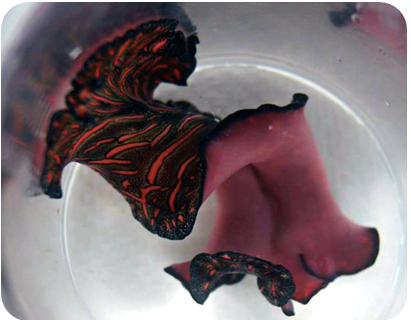
Figure 1. Highly muscularised body allows P. bedfordi to twist its entire body
with ease.

Figure 2. Longitudinal section of cuticle margin showing circular muscle fibres (A)
and longitudinal muscle fibres (B) under high powered light microscope.

Figure 3. Dorsal surface of P. bedfordi with labelled regions